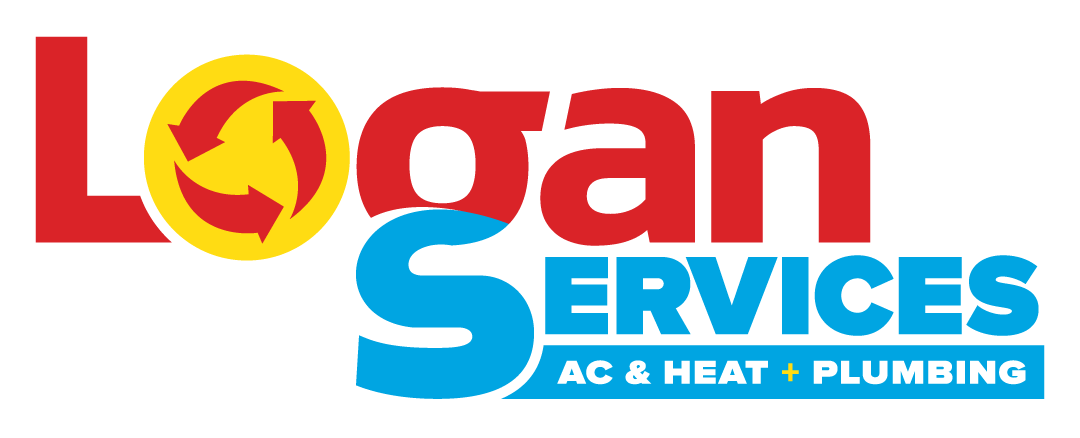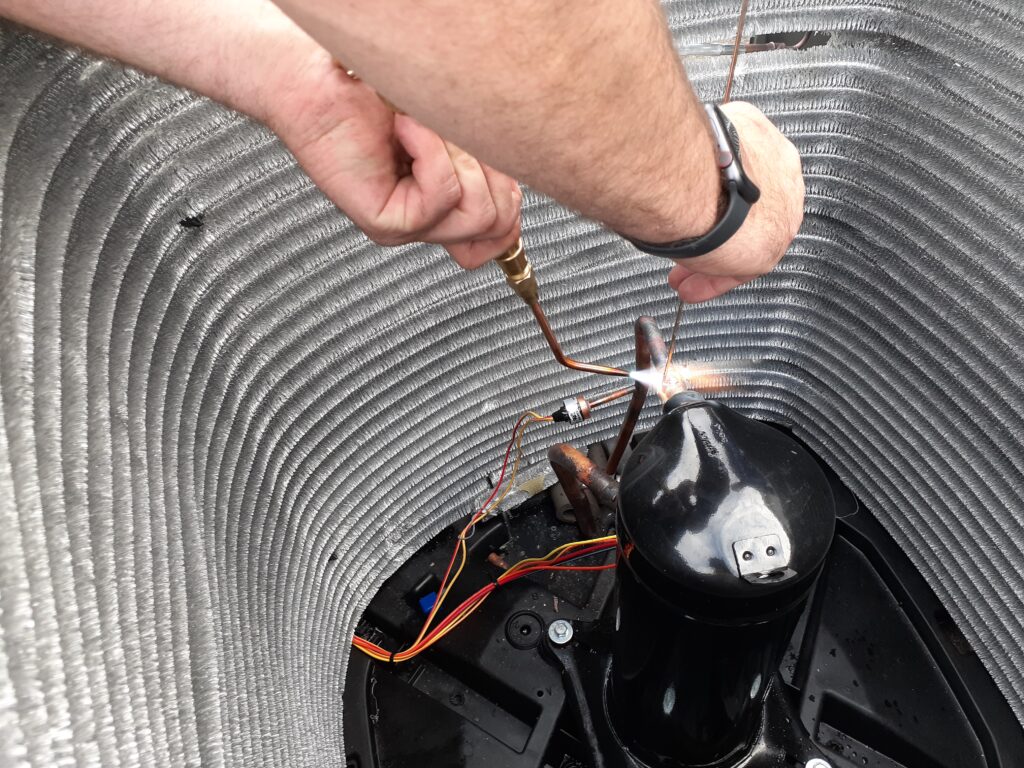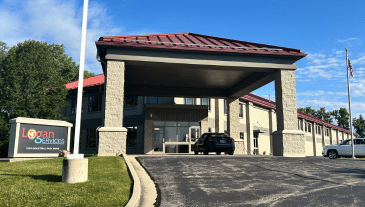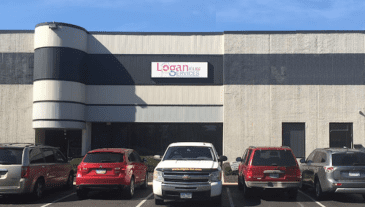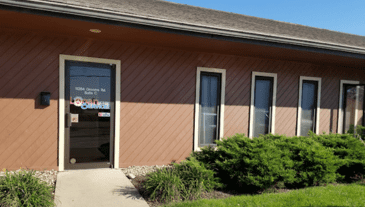The compressor is one of the most important components of a heat pump system. It is responsible for compressing and circulating the refrigerant that absorbs and releases heat to provide heating and cooling. This guide will provide a comprehensive overview of the various parts that make up a heat pump compressor.
What is a Heat Pump Compressor?
A heat pump compressor is a device that pressurizes refrigerant gas as part of the refrigeration cycle in a heat pump. As the refrigerant circulates through the system, the compressor squeezes the gas into a smaller volume to raise its pressure and temperature before sending it to the condenser. This process enables the refrigerant to absorb or release heat efficiently when it evaporates or condenses.
Electric motors power compressors and use pistons, screws, scrolls or other mechanisms to compress the refrigerant. The proper functioning of the compressor is crucial for efficiently operating a heat pump.
Major Parts of a Heat Pump Compressor
Heat pump compressors contain several internal components that perform the compression process. The main parts include:
Pistons
Pistons are cylindrical parts in reciprocating compressors that move up and down in cylinders to compress refrigerant gas. Piston rings seal the gap between the piston and cylinder wall and require proper lubrication to prevent excess friction. Over time, heat and pressure can cause piston rings to degrade, reducing compression efficiency.
Cylinder Head
The cylinder head seals the top of the cylinders and contains the intake and exhaust valves that control refrigerant flow into and out of the cylinders. The cylinder head withstands high pressure and may need gasket replacement over time. Issues with cylinder head gaskets or valves can negatively impact compressor performance.
Crankshaft
Driven by the motor, the crankshaft converts rotational motion into the linear up-down piston motion via the connecting rods. The crankshaft rotates on bearings that can wear over time and require inspection. Repeated loads can eventually lead to crankshaft flexing or breakage if not inspected.
Bearings
Bearings support and align moving parts like pistons and crankshaft while minimizing friction. Proper lubrication prevents overheating and premature bearing failure. Common bearing types used include ball bearings, roller bearings, and sleeve bearings.
Valves
Intake and exhaust valves precisely time refrigerant flow into and out of cylinders during compression. Valves and seals wear over time and need replacement parts if leaking or stuck. Leaking or stuck valves will reduce overall compressor performance.
Connecting Rod
Connecting rods join the pistons to the crankshaft to transmit power and drive piston motion. Their bearings experience high stresses, but failure is rare, barring damage or inadequate lubrication. Misaligned connecting rods can negatively impact compressor operation.
Types of Heat Pump Compressors
There are several designs of heat pump compressors, each with their own advantages:
Scroll Compressors
Scroll compressors use two interleaving spiral-shaped scrolls to compress refrigerant progressively. They operate smoothly and quietly. The scroll design minimizes wear for long compressor life. Scroll compressors tend to be higher cost but very energy efficient.
Reciprocating Compressors
These compressors use pistons in cylinders to compress refrigerant. They are simple, durable, and inexpensive but can be noisy. Multiple pistons can work in parallel for higher capacity. Maintenance is critical for reciprocating compressors due to wear.
Rotary Compressors
Rotary compressors use rotating impellers instead of pistons. They are compact but less efficient than other types. Rotary designs allow flexible installation orientation. Rotary compressors have lower airflow capacity than other designs.
Screw Compressors
Twin screw rotors compress refrigerant as they rotate. Screw compressors have high reliability and performance. Oil injection is needed for cooling and sealing the rotors. Screw compressors are common for medium and large commercial heat pumps.
Common Heat Pump Compressor Problems
Like any mechanical component, heat pump compressors can develop issues over time:
- Worn piston rings or bearings cause reduced efficiency and leaks.
- Valve damage or faults lead to poor compression and flow.
- Failed motor windings prevent proper operation.
- Contaminated or insufficient oil affects lubrication.
- Refrigerant leaks indicate damaged seals or internal wear.
- Unusual noises signal internal bearing/component problems.
Catching problems early is important before major repairs become necessary. Consult a technician for diagnosis and repair.
Maintaining and Repairing Compressor Parts
With regular maintenance and care, compressor problems can be minimized:
- Inspect fittings, tubing, and seals for leakage annually. Reseal or replace parts as needed.
- Check oil level and condition yearly – replace if dirty or low.
- Use gauges to test for proper refrigerant pressures and flows. Recharge if low.
- Listen and feel for odd noises, vibrations, and overheating – signs of wear.
- Evaluate capacity and efficiency occasionally to catch deterioration.
- Replace filter driers and clean screens/strainers when contaminated.
Replacing individual damaged heat pump repair parts is sometimes possible with the right tools and skills:
- Worn piston rings, gaskets, seals, and bearings are replaceable. Match parts carefully.
- Valve plates, heads, pistons, or connecting rods can be swapped if damaged.
- Refurbishment kits are available for some compressors.
- Motors and electrical parts can be replaced if they are non-functional.
Major repairs often require compressor replacement. Consult a professional technician.
Buying Guide for Compressor Parts
When purchasing new or replacement heat pump compressor parts, keep these tips in mind:
- Choose genuine OEM parts for optimal fit and performance.
- Match the make and model specifications exactly.
- Buy from reputable suppliers for high-quality components.
- Verify the warranty and return policy in case of defects.
- Check seals for cracks and bearings for smooth spins and finish quality.
- Expect to pay anywhere from $50 for a simple seal up to $500 or more for a piston assembly or motor.
- Don’t forget supporting parts like valve plates, gaskets, and fasteners.
The heat pump compressor contains many intricate parts that work in harmony to circulate refrigerant through the system. Common parts like pistons, valves, bearings, and shafts enable compression, while the outer housing seals in the pressurized gas.
Understanding how these components work and wear is key to proper maintenance and detecting problems early before more costly repairs are needed. With this guide, heat pump owners should now feel more informed about heat pump compressor parts and how to care for this vital component.
Frequently Asked Questions
What are the most common heat pump compressor faults?
The most frequent heat pump compressor issues are related to failed bearings or piston rings, leaky valves, broken internal components, loss of refrigerant, electrical problems and motor/pump coupling damage.
How often should you service a heat pump compressor?
Most experts recommend annual inspection and maintenance of a heat pump compressor to check refrigerant levels, lubrication, corrosion, leaks and wear. More frequent servicing may be needed on older units.
